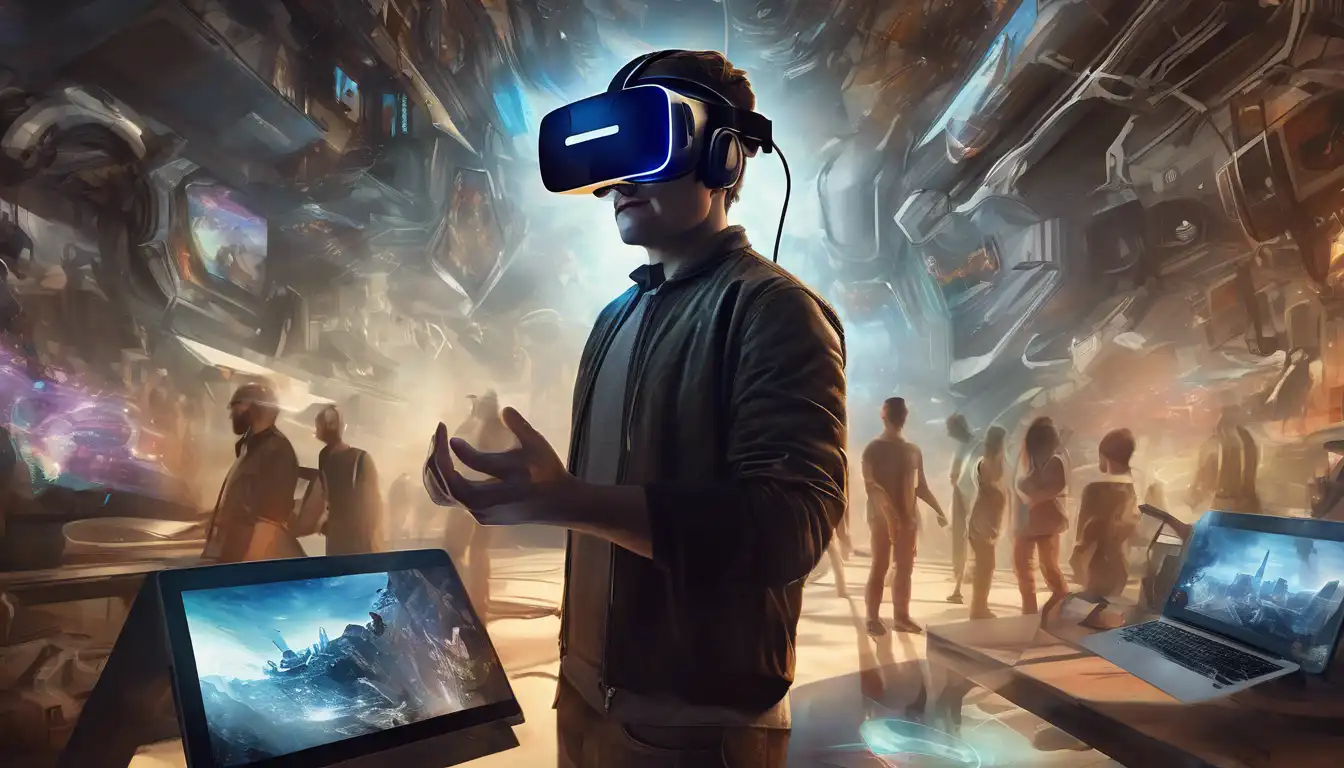Introduction to Virtual Reality
Virtual Reality (VR) is no longer just a figment of science fiction. It's here, and it's transforming the way we interact with digital content. From gaming to education, VR is setting new standards for immersive experiences. This article delves into how VR is becoming the next big thing in tech, offering insights into its applications, benefits, and future potential.
The Rise of Virtual Reality
The journey of VR from a niche technology to a mainstream phenomenon is nothing short of remarkable. With advancements in hardware and software, VR has become more accessible and affordable, paving the way for widespread adoption. Companies like Oculus, HTC, and Sony are at the forefront, pushing the boundaries of what's possible with VR.
Applications of Virtual Reality
VR's applications span across various industries, revolutionizing traditional practices. Here are some key areas where VR is making an impact:
- Gaming: VR gaming offers an unparalleled immersive experience, making players feel like they're inside the game.
- Education: VR can simulate real-world environments for training and educational purposes, enhancing learning outcomes.
- Healthcare: From surgical simulations to therapy sessions, VR is transforming patient care and medical training.
- Real Estate: VR tours allow potential buyers to explore properties remotely, saving time and resources.
Benefits of Virtual Reality
VR offers numerous benefits, including enhanced learning experiences, improved customer engagement, and increased efficiency in various sectors. By simulating real-life scenarios, VR provides a safe and controlled environment for training and experimentation.
The Future of Virtual Reality
The potential of VR is limitless. With ongoing research and development, we can expect VR to become even more immersive and interactive. Innovations like haptic feedback and eye-tracking technology are set to enhance the VR experience further. As VR continues to evolve, it will undoubtedly play a pivotal role in shaping the future of technology.
Conclusion
Virtual Reality is not just a passing trend; it's a transformative technology that's here to stay. Its ability to create immersive and interactive experiences is unlocking new possibilities across industries. As we look to the future, VR stands out as a key driver of digital transformation, promising to redefine our interaction with the digital world.
For more insights into the latest tech trends, check out our tech trends section.
